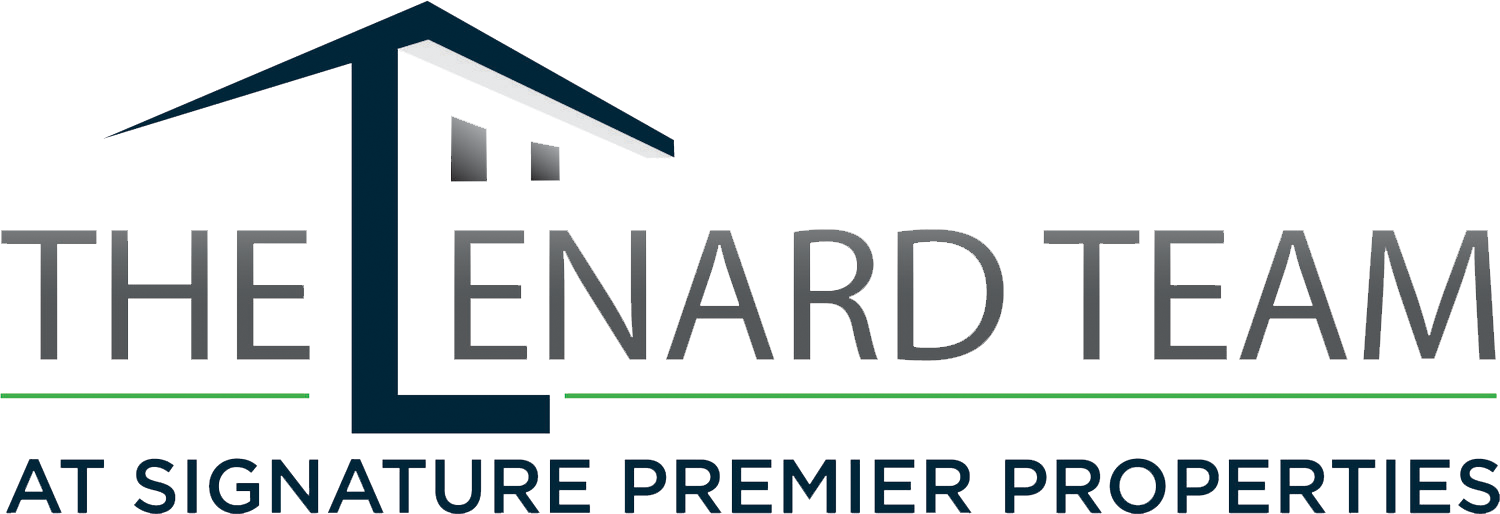With the CARES Act being rolled out as quickly as possible, there have been a lot of questions about the Paycheck Protection Program (PPP). We invited Elliot Levine, of Stellar Capital Solutions, to join us on Lenard Team Connections to discuss relief options for small businesses.
Keep reading for answers to some of the top questions, or listen to the full episode here.
What is the Paycheck Protection Program and who is eligible to apply?
Elliott Levine: The Paycheck Protection Program is a program that Congress rolled out as part of the CARES Act as a result of the effects of the Coronavirus. Ultimately, anybody that is self-employed is eligible for the PPP loan. So that includes if you own a small business, if you're an independent 1099 contractor, if you're a profit and loss employee. Sole proprietors also are eligible.
It's really for any small businesses with 500 employees and under. Whether you're one employee or have up to 500, you're eligible for this PPP.
What portion of the loan can be forgiven?
The whole thing can be forgiven if you follow the guidance for forgiveness that's in the actual underwriting guidelines. You have to use 75% of the loan towards your actual payroll. The other 25% difference can be applied towards our fixed business expenses that you had prior to the virus: rent, electricity, utilities, things of that nature.
How is your loan amount determined?
A lot of people got confused from the beginning because they thought that you could get 100% of your payroll, plus your business expenses, included in the loan, which is not accurate.
The loan is based off of your verifiable payroll for 2019 prior to the virus. So whatever your payroll was for 2019 on a yearly basis, they're going to take that number, and divide it by 12 to average it out monthly. And then they're going to multiply that by 2.5. There’s your loan amount, that's exactly how it works. You're not going to get any extra money for utilities or fixed business expenses.
It's 100% based on your payroll, and then how you utilize the funds is how the forgiveness works.
75% of that money has to go towards your payroll to be forgiven, and then the 25% difference (if you have any money leftover) can be used for fixed expenses for it to be forgiven.
So if it's not forgiven, do we know what the terms and interest rates will be?
Last Thursday evening, they rolled out final guidance to the SBA lenders, and they changed the guidelines of what the terms would be if you did not have 100% of it forgiven. Those new terms are 1% interest rate for two years. Whatever portion of the loan that is not forgiven, you're going to pay it back at 1% for two years.
At the end of the day, the concept of this program is to get the money back in the hands of employees, so they could pay their bills, get off of unemployment, put money back in the economy, order take-out from local businesses, etc.
As a business person, you have to analyze your business situation. If you hire all your employees back, and your business is still closed for two months, are you still going to be here when this is all over? Or can you utilize some of the funds to keep some of your employees and manage your business expenses with the difference? That's a decision that the business owner has to make.
What do business owners need to know if applying?
I know they don't want to hear this, but you have to be patient. The government came out with this great idea. They're going to give $350 billion to the SBA to lend out to small businesses. But when they did this, they did not provide the proper guidelines, the documentation, implementation documents that are needed to the lenders that are releasing all these funds.
So the lenders are as frustrated as the business owners, because the government's telling them to lend all this money, get it out there as quick as possible. But the lenders don't have the policies and procedures in place to do so. They don't have the documentation from the SBA to send out loan documents. They just got them I believe, towards the end of last week, when the program was rolled out, you know, a week prior to that. There's a lot of confusion within the lending community as well, which now trickles down obviously to the business owner.
There's definitely been some speed bumps, and I would call them speed bumps, because you hit the bump and eventually you get over it. We have to allow those lenders time to implement the proper policies and procedures, so they could go ahead and turn it into a well-oiled machine and get the money out there.
So what can businesses do to make sure that they don't go awry and get their loan forgiven?
They need to document their payroll, document everything, keep records of everything.
If they're not using a payroll service, they probably might think about using one, because payroll software handles all this for them. Some of the PPP loans that I'm doing for some of my clients, the payroll services already have the documents prepared for them. So when they tell them that they're doing a PPP loan, they shoot them over a file with all the documents required. And in one email, I have everything I need to get that loan submitted on their behalf. It definitely makes life a lot easier to use a payroll company because they obviously have the software, the documentation in place to handle this accordingly.
If you don't have a payroll service, you need to keep very good records of your payroll, of any business expenses, and the business expenses had to have been in place prior to this virus going to effect, so you have to have payroll documented expenses for 2019. And then once you get the loan, you have to continue the same documentation in order to have that amount of the loan forgiven.
How does this compare to the economic injury disaster loan, and can businesses apply for both?
You can apply for both loans. I just actually received notification last evening regarding the economic injury disaster loan that's being handled by the SBA directly. It's not being handled by any of their outside lenders, so it's kind of top secret, believe it or not. Nobody can get any information on it. Up until yesterday, I assumed that everybody would be eligible for a $10,000 grant. I received an email last evening from the SBA and the guidelines changed. So now what they're doing is they're giving $1,000 per employee up to $10,000 maximum as part of that grant.
Now for the actual loan, I don't know any specifics of the underwriting guidelines for the loan whatsoever. I do know that they're going to go up to $2 million on that loan. It's going to be amortized over 30 years at a 3.75% interest rate. How they calculate what they're going to lend you, I would assume, is going to be based off of your financials. But I haven't heard from anybody at this point about an application or a document request regarding the EIB loan.
To answer your question, you can accept both loans, but you cannot use them for the same purpose. So if you take the PPP loan, and you use that for your payroll, obviously you cannot use your economic disaster loan for the same purpose and vice versa. So it's important if you do get the PPP loan, that you keep track of that money where it's going - I would even suggest putting it in a separate bank account or checking account - and then allocate those funds directly for what the purpose of the loan is for, if you're looking to have it forgiven.


![Your Home Buyer Wants To Extend The Closing Date—What Now? [PART 2]](https://images.squarespace-cdn.com/content/v1/5c81d63c0cf57d875454cb08/1764096413252-L21LNX7P7V58K8QM55DH/banner.jpg?format=200w)
![Your Home Buyer Wants To Extend The Closing Date—What Now? [PART 1]](https://images.squarespace-cdn.com/content/v1/5c81d63c0cf57d875454cb08/1763491946757-HAW3U1ZUK8JBS9IL0NAS/banner.jpg?format=200w)


